Knowing how to recognize leukemia bruises and other common symptoms can be crucial to catching the disease early, according to cancer news site Patient Power.
Bruising is one of several key signs common to most types of leukemia.
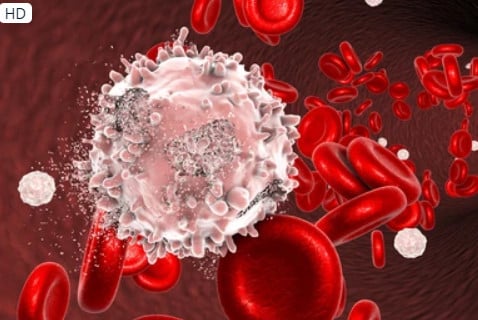
Bruising is one of several key signs common to most types of leukemia.
Whether leukemia is acute (appears suddenly with severe symptoms) or chronic (increases in severity over time), this sign can appear.
In addition to bruising, typical symptoms include shortness of breath, frequent infections, night sweats, fatigue, bone pain, weight loss, and swollen lymph nodes.
Why does leukemia cause bruising?
Bruising from leukemia is directly related to platelet counts, explains Tara Graff, MD, an oncologist at the Des Moines Cancer Treatment Center. Patients with leukemia may bruise easily because of low platelet counts. These are the cells that help clot blood when bleeding, and when low, can cause bleeding under the skin — that's bruising.
Low platelet counts are caused by an increase in leukemia cells, which “crowd out” the platelets. As leukemia cells grow in the bone marrow, they cause platelet counts to drop, says Dr. Graff.
How to tell if a bruise is leukemia
Bruises caused by leukemia have several characteristics that are different from normal bruises, including:
Location: Bruises can appear in places that don't normally bruise, such as the back, chest, or face.
Number: The patient may have many bruises at the same time, arising for no apparent reason.
Duration: Bruises that take longer than 2 weeks to heal are a cause for concern.
Size: These can be "very small, pointy red dots called petechiae, or they can be large and purple," says Dr. Graff.
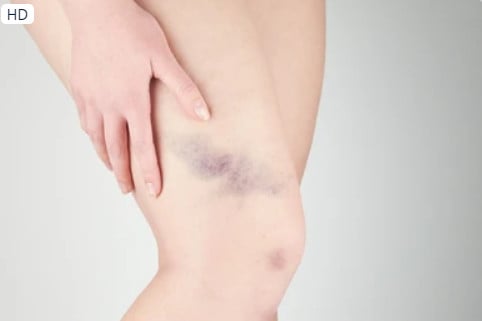
The patient may have multiple bruises at the same time, arising for no apparent reason.
Excessive bleeding: Severely low platelet counts can cause bleeding. Since bruising is an external sign of internal bleeding due to low platelets, it is important to pay attention to other symptoms such as frequent nosebleeds, bleeding gums, rectal bleeding, and heavier-than-normal blood loss from trauma or during menstruation that may be signs of the disease, according to Patient Power.
How to tell if a rash is leukemia
Leukemia can present as a rash. There is a form of leukemia in which leukemia cells cause skin lesions in the form of papules, nodules, or plaques.
These lesions can appear on any area of the body but are most common on the legs and are often blistered and ulcerated patches that turn red, yellow, purple or gray.
If you're concerned about any skin abnormalities, it's best to consult your doctor. While these skin signs can have many other causes, it's best to get checked out early to determine the cause, according to Patient Power.
Source link




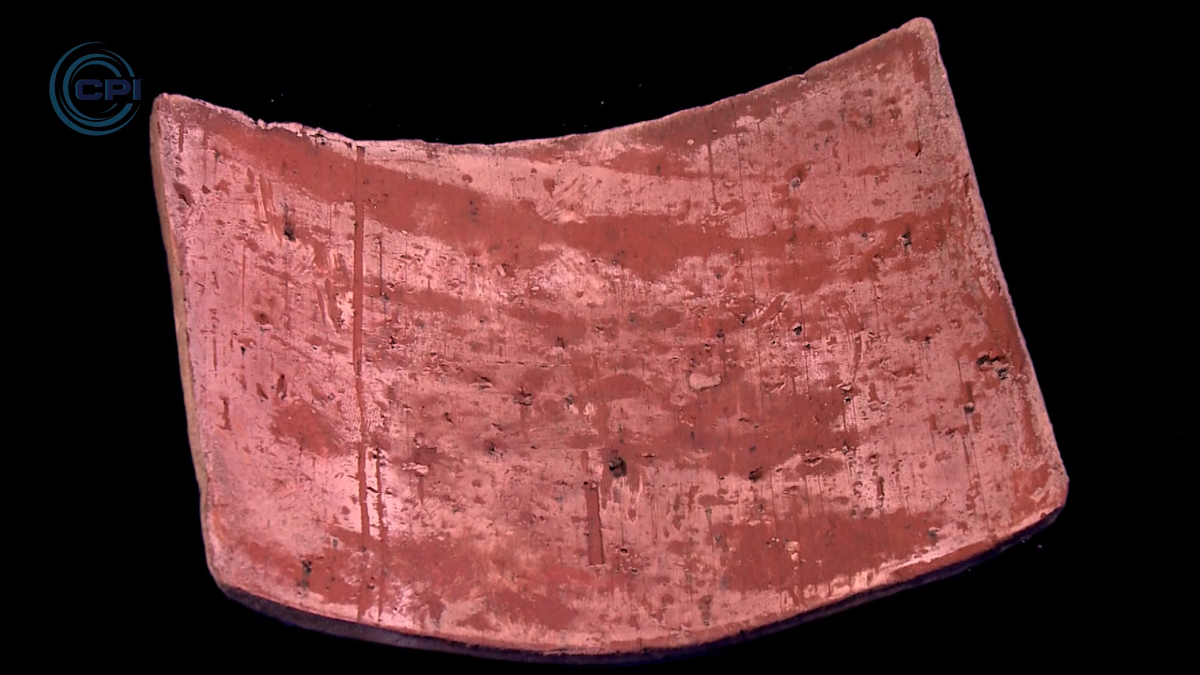

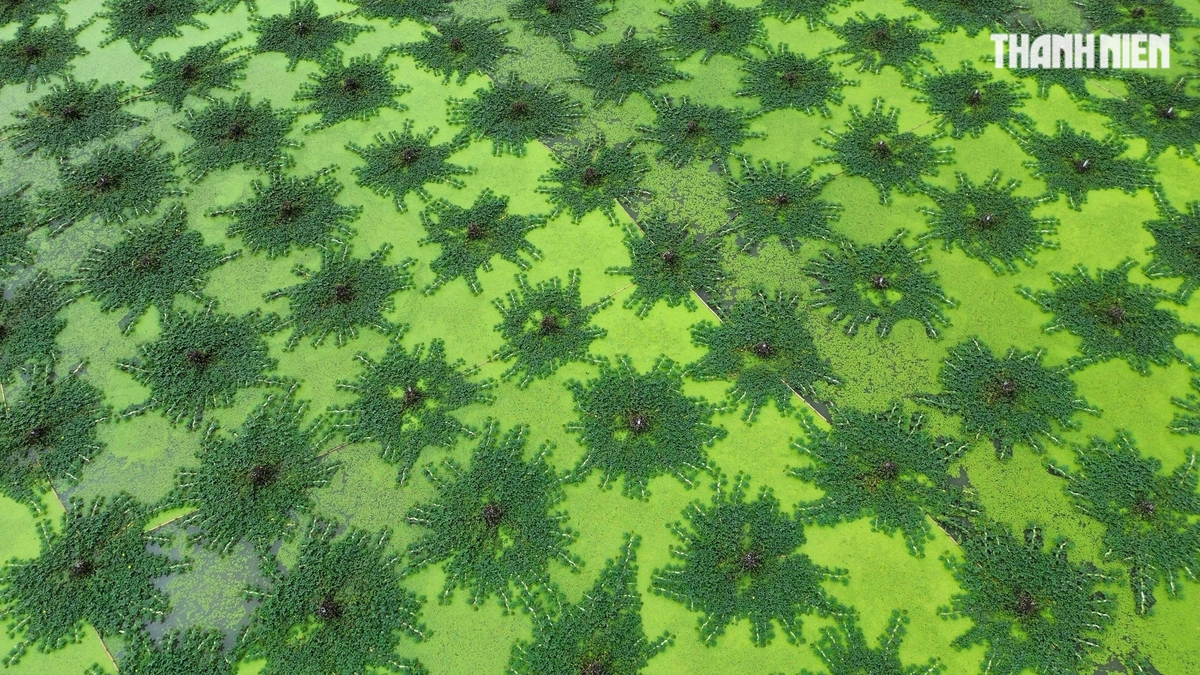






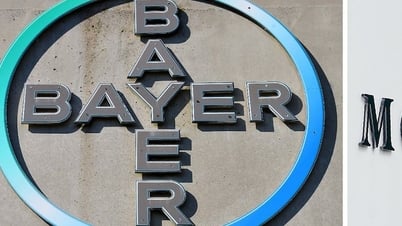




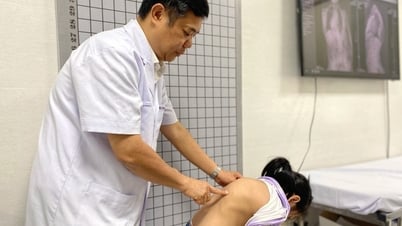
















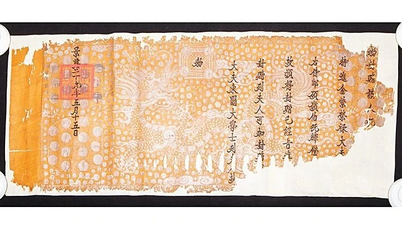









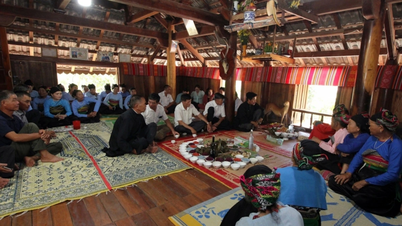





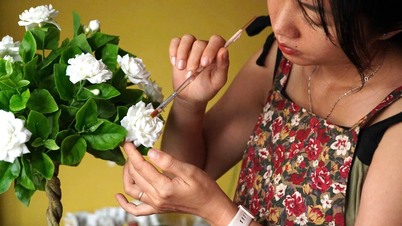

















































Comment (0)